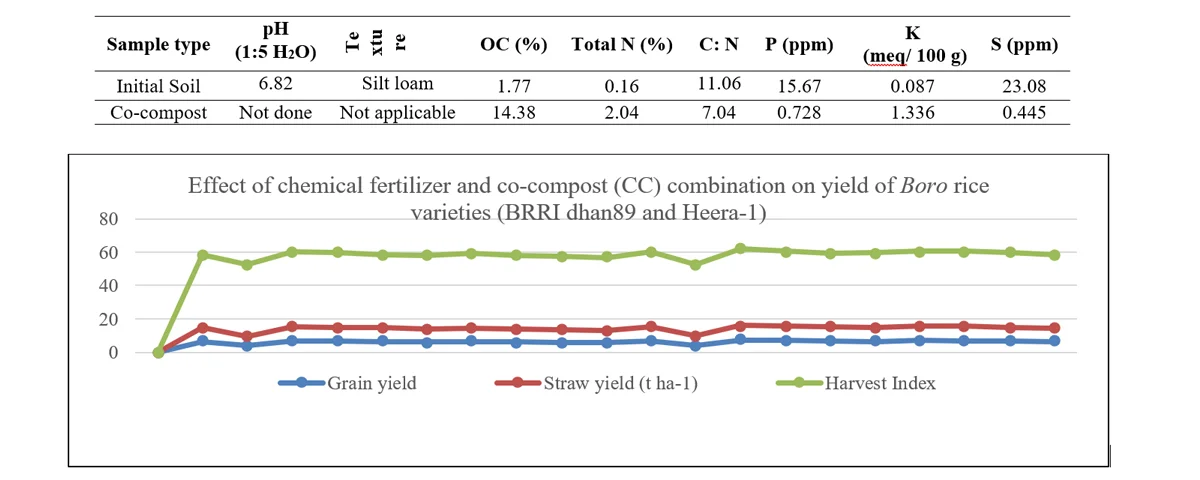Exploring the Potentiality of the FS by-Product (Co-compost)
Published: 05 December, 2022
NGO Forum for Public Health has been implementing a project ‘Resilient, Inclusive & Innovative Cities of Bangladesh’ and been ensuring the safely managed sanitation services through establishing a model Faecal Sludge Management jointly with Mymensingh City Corporation funded by Australian Aid and OXFAM.
Mymensingh city with 83,682 inhabitants mostly comprises onsite systems i.e septic tanks and pits. When the pit or septic tank is full, the usual practice is to engage professional sweepers are employed to manually empty them and deposit the wastes in mostly the nearby water bodies and open environment which creates environmental degradation. A co-compost (CC) plant was established, and it’s been in operation to tackle FS generated from pit toilets and septic tanks, and solid waste from households exploring FSM value chain. The treated FS and solid waste collected from households are mixed to produce co-compost.
This CC is being produced with the objective that it will be put to further use in different agricultural field. To ensure the proper use, it is important to assess the quality of the CC and is to be carried out its potential on crop productivity, profitability, and soil health. This research was carried out in collaboration with Bangladesh Agriculture University. The experiment was done in a randomized complete block design with three replications consisting of 2 Boro rice varieties and 10 chemical fertilizer and CC combinations and the result was that highest grain yield was obtained by application of 100% RDF (Recommended Dose of Fertilizers) + high dose of CC in both varieties. Thus, reaching a conclusion that CC could be a potential soil conditioner and an alternative source of plant nutrients to reduce chemical fertilizer dependence in rice cultivation. This could lead to a decrease in environmental pollution, improve soil health and ensure sustainable rice production.
Major Findings
Table 1: General characterization of initial soil samples and co-compost 
The graph shows the amount of grain yield, straw yield and harvest index obtained from the application of Recommended Dose of Fertilizer and high dose of Co-compost (2 t ha-1). From a statistical analysis it was evident that this combination produced the best and desired results.

No comment yet.